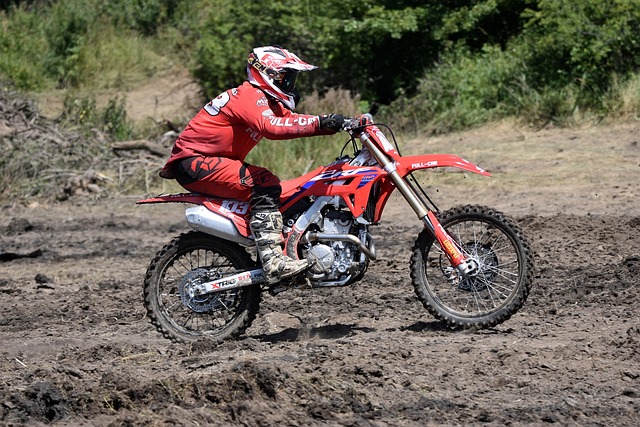The autonomic nervous system (ANS) plays an essential role in our everyday lives, particularly for those who are fitness enthusiasts. Understanding the ANS can enhance your strength training routine, optimize your performance, and improve your overall health. The ANS is comprised of two main components: the sympathetic and parasympathetic nervous systems. Each plays a unique role in how our bodies respond to fitness activities.
When you engage in strength training, your body requires a surge of energy and focus, which is primarily driven by the sympathetic nervous system. This part of the ANS prepares your body for ‘fight or flight’ situations. As you lift weights or perform high-intensity activities, the sympathetic system activates, increasing your heart rate and promoting the release of adrenaline. This physiological response allows you to push through challenging workouts, enabling muscle growth and increased stamina.
On the flip side, recovery is equally vital in any strength training regimen, and this is where the parasympathetic nervous system comes into play. Often referred to as the ‘rest and digest’ system, it helps your body recover and repair after intense bouts of activity. A well-functioning parasympathetic system allows muscles to recover more efficiently by promoting blood flow to the tissues. This means more effective nutrient delivery to the muscles, essential for recovery and growth.
Balancing the ANS during your fitness activities is crucial. A well-rounded strength training program should integrate both high-intensity workouts, which stimulate the sympathetic system, and recovery periods that allow your parasympathetic system to take charge. This ensures that your body is not only pushed to its limits but is also given the necessary time to recover and strengthen.
Moreover, understanding the connection between the autonomic nervous system and your training can inspire you to adopt mindfulness practices. Techniques such as deep breathing, meditation, and yoga can help activate your parasympathetic nervous system, promoting relaxation and improving your recovery times. By incorporating these practices, you’ll find yourself more focused during workouts and more refreshed after them.
Fitness enthusiasts must also recognize that lifestyle choices significantly impact the balance of the ANS. Stress management, nutrition, and sleep quality all play pivotal roles in how well your autonomic nervous system functions. For instance, chronic stress can lead to an overactive sympathetic response, causing fatigue and burnout. Prioritizing stress relief activities, maintaining a balanced diet, and ensuring adequate sleep can foster a more resilient autonomic nervous system, ultimately enhancing your strength training efforts.
Incorporating this knowledge into your training program can lead to more effective workouts and improved overall health. By listening to your body and respecting the signals it sends you, you’ll make smarter choices that cater to both the demands of intense training and the necessary recovery. Embracing the role of the autonomic nervous system opens up new paths to achieving your fitness goals, creating a well-rounded approach to strength training that celebrates both effort and rest.




